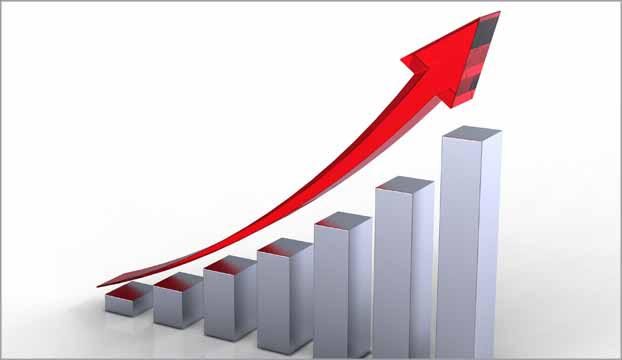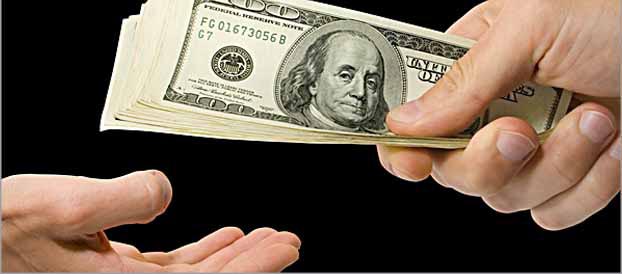Calculating Percentages
USING PERCENTAGES IN BUSINESS
SALES TAX
Adding sales tax to a purchase is typically done by a computer or cash register, but it's good to understand how the calculation works. Basically, sales tax is a percentage increase that is added to the base value to result in a new total.
Suppose a company must charge 8.5% sales tax on a sale of $1200. Here's how they would calculate the sales tax and the final sale price:
Step 1: 8.5 ÷ 100 = 0.085
Step 2: 0.085 x $1200 = $102 The company will charge $102 in sales tax.
Step 3: $102 + $1200 = $1302 The total sale will be $1302.
This was just a quick rundown of the procedure for calculating sales tax, but you can find a more thorough explanation of percentage increase here.
SALES DISCOUNTS
Oftentimes, businesses offer percentage discounts to their customers or they are given discounts from their vendors. These calculations are percentage decreases, which involve finding the percentage and subtracting it from the total.

Let's see how a business would calculate a 10% discount off $3450 in supplies. Vendors often extend discounts like this to businesses that pay their bill on time or early.
Step 1: 10 ÷ 100 = 0.1
Step 2: 0.1 x $3450 = $345 The company will save $345 by paying on time.
Step 3: $3450 - $345 = $3105 The company only pays $3105 for $3450 worth of supplies.
To learn more about percentage decrease, look here .
PROFIT MARGIN
Businesses often use percentages to gauge profitability. Calculating profit as a percentage of sales revenue gives us the gross profit margin percentage. A high percentage shows that a business keeps much of its sales revenue as profit. A low percentage means they keep only a small amount of sales revenue as profit.

For example, a business might take in $150,000 in sales revenue. However, this is not all profit. Suppose they have spent $90,000 in supplies and other costs. To find the gross profit margin, use the following formula:
Step 1: Find the gross profit (Sales revenue - Cost of goods sold)
$150,000 - $90,000 = $60,000
Step 2: Divide the gross profit by sales revenue
$60,000 ÷ $150,000 = 0.4
Step 3: Multiply by 100 to find the percentage
0.4 x 100 = 40%
The example company has a gross profit margin of 40%. Investors and others can easily use this figure to compare the profitability of this business to other businesses.
INTEREST
There is a cost to borrowing money. When a borrower takes on a loan, they repay the original amount of the loan (the principal) plus interest (the cost of borrowing money). The interest is the amount of money the lender earns and it is based on a percentage. Interest applies to transactions that we might not think of as traditional loans, like investment in stock, using a credit card, or purchasing a CD (Certificate of Deposit).

Simple interest is calculated by multiplying the principal times the interest rate (as a decimal) times the term (length of time). Suppose you invested $2000 in a CD that earns 3% per year. How much money would you have after 2 years?
Principal x interest rate x term = Interest earned
$2000 x 0.03 x 2 = $120
You would have earned $120 in interest, plus the $2000 you invested for a total of $2120.
Another type of interest, called compound interest, is calculated based on the principal plus any accumulated interest (instead of just the principal) each period. This is the type of interest used for mortgages and credit cards. It is a more complex calculation because the base number (principal plus interest) is always changing, even though the interest rate stays the same. Businesses use software or online calculators to calculate compound interest.